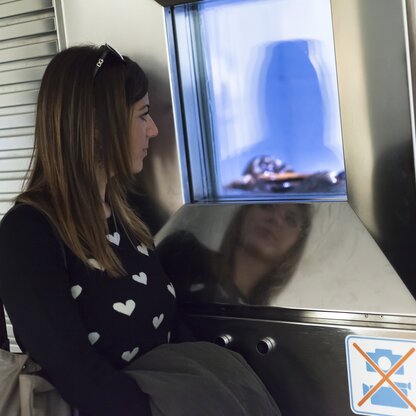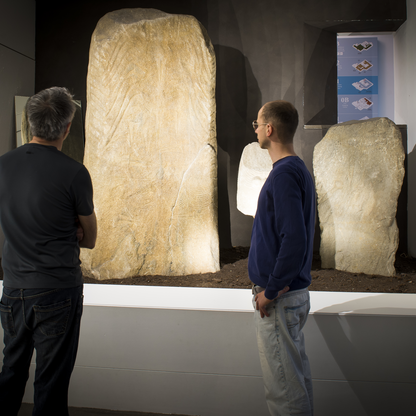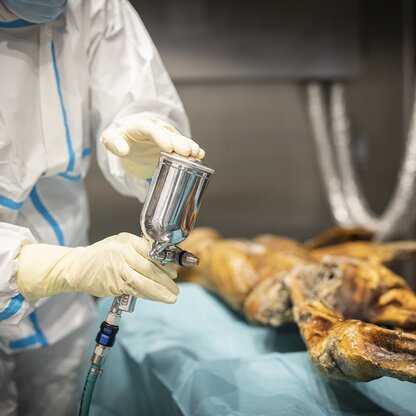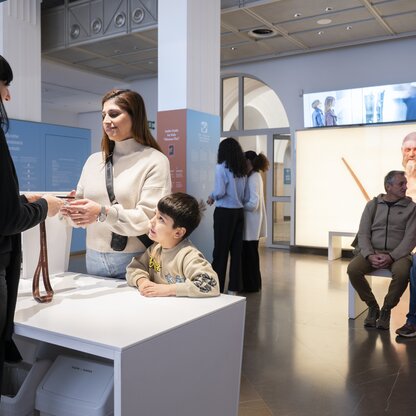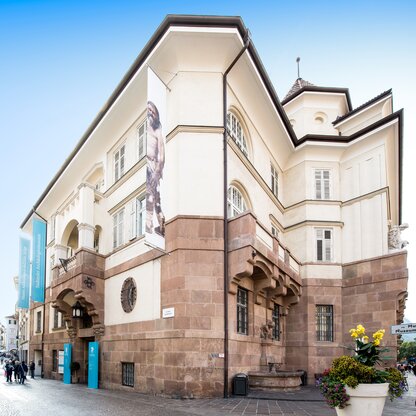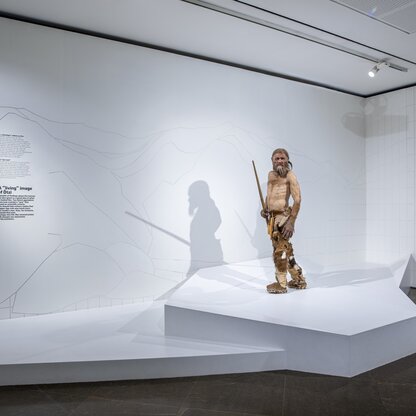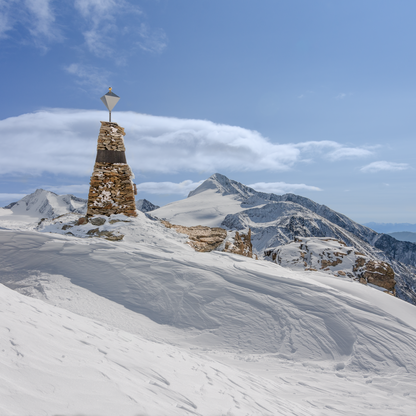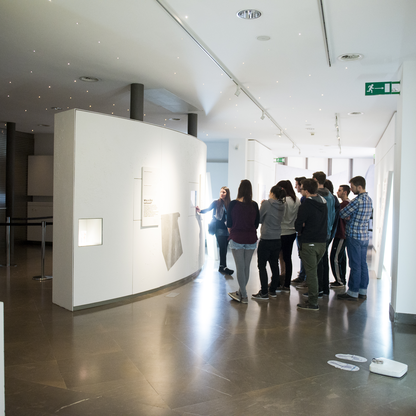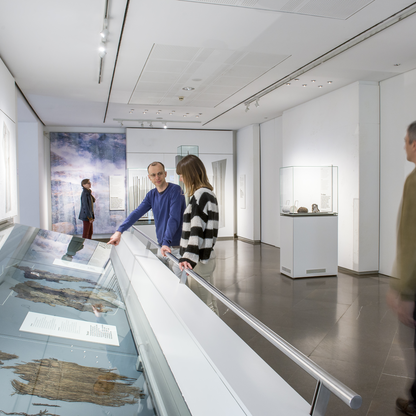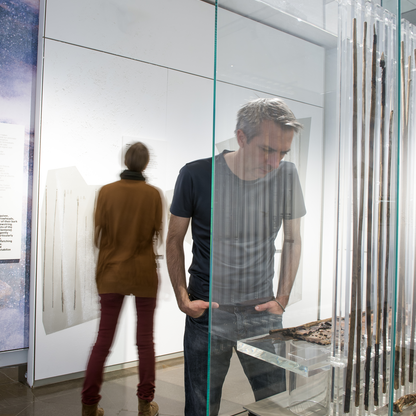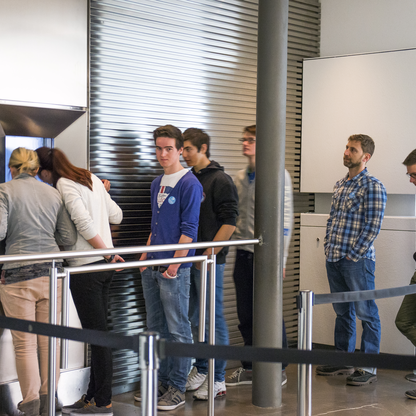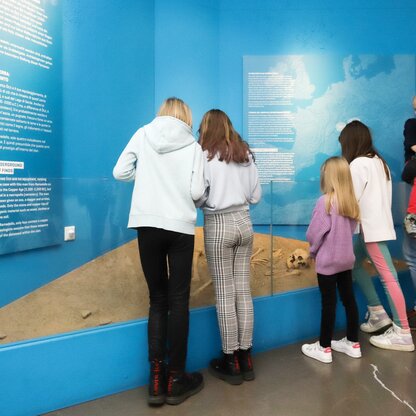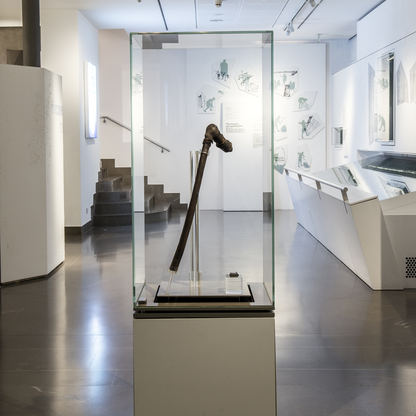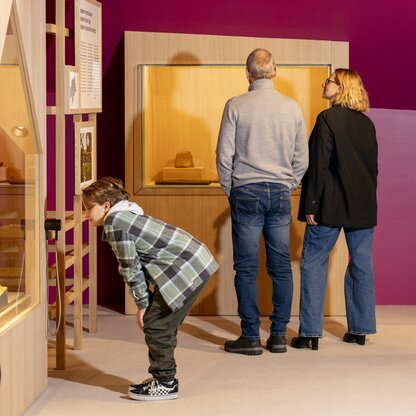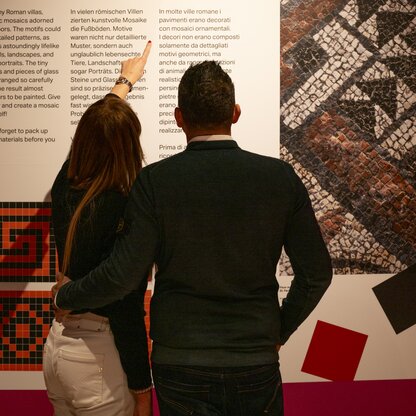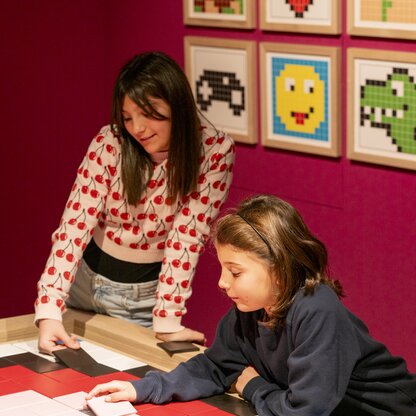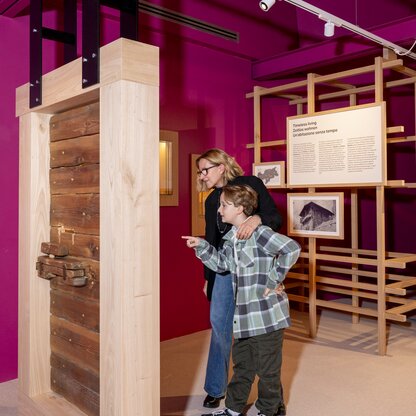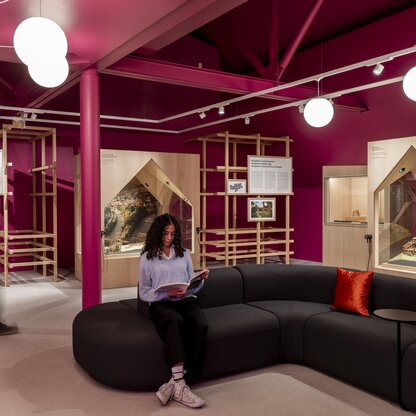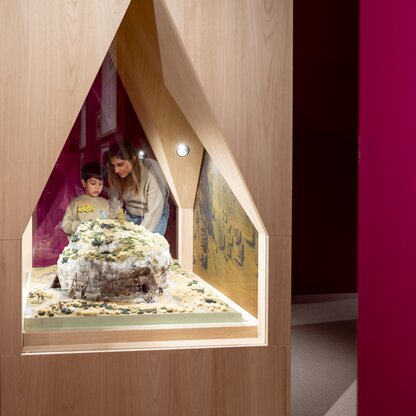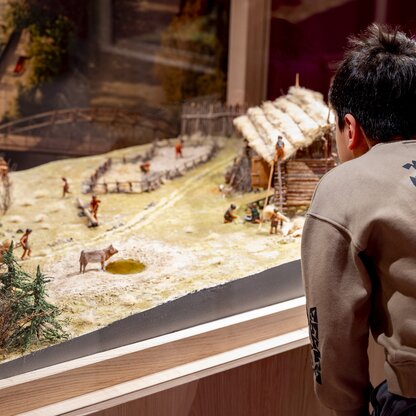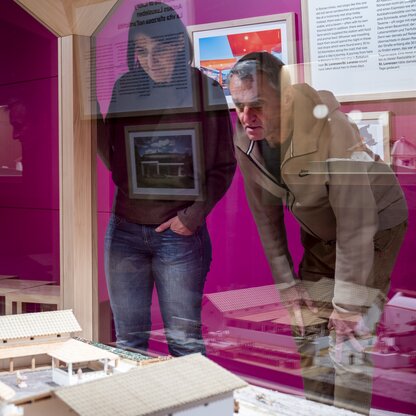Press and media
Katharina Hersel
press@iceman.it - +39 0471 320114
Melitta Franceschini
photo@iceman.it - +39 0471 320118
PRESS OFFICE
Welcome to the museum!
At the press office, media professionals can find information about the museum, about Ötzi, and receive support for interview appointments or press visits.
Press tickets: Free admission and press materials are available at the ticket desk. If you are interested in a guided tour, please contact us in advance.
For the latest news: Subscribe to our press mailing list or follow us on Facebook and Instagram (@OetziTheIceman).
For requests for images or filming, select “Photos & Films”.
PRESS RELEASES
World Congress on Mummy Studies in Cusco, Peru: High-resolution 3D Documentation of the Iceman Mummy and Associated Finds Presented
Technical milestone and important contribution to preventive conservation
Record number of visitors at the South Tyrol Museum of Archaeology
The South Tyrol Museum of Archaeology achieved a record number of visitors in 2024. For the first time, more than 300,000 people visited the museum.
THE LOFT
THE LOFT is a relax space dedicated to our visitors. At the same time, they can learn a bit about how people used to live in South Tyrol from the Mesolithic to the Roman Era.
Press and media
Katharina Hersel
press@iceman.it - +39 0471 320114
Melitta Francheschini
photo@iceman.it - +39 0471 320118
PHOTOS & FILMS
Free download for journalistic purposes
The following copyright must be indicated: © South Tyrol Museum of Archaeology / name of the photographer
For commercial purposes, you can acquire the copyright upon payment of the usage fee.
ATTENTION: IT IS NOT PERMITTED TO TAKE PHOTOGRAPHS OR FILM INSIDE THE MUSEUM WITHOUT A WRITTEN AUTHORIZATION FROM THE MUSEUM, REQUESTED IN ADVANCE. PHOTOGRAPHS OF THE ORIGINAL FINDS ARE ONLY POSSIBLE WITH COLD LED LIGHTS.
The museum
Ötzi's discovery site on the Tisenjoch/Giogo di Tisa
The permanent exhibition of the Iceman
THE LOFT
Video
South Tyrol Museum of Archaeology
A short visit inside the South Tyrol Museum of Archaeology in Bolzano, South Tyrol.
Back to prehistory
The prehistoric festival of the South Tyrol Museum of Archaeology takes place every two years on the Talvera meadows in Bolzano.
Frequently Asked Questions
FAQ`s
FAQs Press
Do members of the media get free admission?
Yes, you will receive a free press ticket by showing your press pass or by registering your details on our press list at the ticket counter.
Do members of the media get a free guided tour?
You can get a free guided tour in German, Italian, or English, depending on availability, if you register at least 4 working days in advance. If no tours are available, you will receive our audio guide free of charge, subject to availability.
Does free admission also apply to my family?
No, press tickets are only valid for members of the media. People accompanying you pay regular admission. However, if you have booked a free guided tour or audio guide, these are also valid for the people accompanying you.
As a member of the media, can I skip the queue in front of the museum?
No. Free admission does not automatically entitle you to immediate entry. However, you can reserve your visit time online using the short-term reservation form or make an appointment for a free guided tour (at least 4 working days in advance) with the reservation office info@iceman.it.
I need a quick overview of the research on Ötzi!
The most important research findings can be found under Iceman Research Milestones. In addition, there is also our Iceman Database which provides information based on keywords and is available at two different levels
Is there a press kit?
You will receive press information in a digital format at the museum, or you can download it here.
I would like to be informed about the latest press releases from the museum!
You are welcome to subscribe to the press mailing list.
Can I reserve press tickets (media accreditation)?
Members of the media have free admission to the museum. Please show us your press pass at the ticket counter or register in the press list there. Do not forget to reserve your desired visit time online! Free admission does not entitle you to skip the queue. Alternatively, you can send an email to press@iceman.it (at least 4 working days before the date of your visit).
FAQs Photos & Film
I urgently need free images!
In our media archive you will find a selection of royalty-free images available to download immediately. For further motifs please contact photo@iceman.it (with advance notice).
Do photos of the museum cost something?
The museum’s images can be used free of charge for press purposes, school textbooks, scientific articles, and presentations provided the correct copyright is cited. For photos in the exhibitions and commercial purposes please contact the image archive at photo@iceman.it.
Can I take photos in the museum?
Press photos may only be taken with prior written permission and outside of the museum’s opening hours. You can apply for permission at photo@iceman.it (Mo. through Fr. 9:00 AM – 1:00 PM).
For private purposes, you may take photos in the museum without a flash, EXCEPT on the 1st floor with Ötzi’s organic associated finds and in the special exhibition on the 3rd floor. We reserve the right to take legal action in the event of violations.
Can I take a selfie with Ötzi?
You are very welcome to take a selfie with Ötzi’s reconstruction on the 2nd floor <3. However, it is not allowed with the mummy on the 1st floor.
Can I film in the museum?
Recording videos or TV interviews in the museum is only allowed with prior written permission from the Photo & Film Department (photo@iceman.it). Recording must be done outside of the museum’s opening hours.
